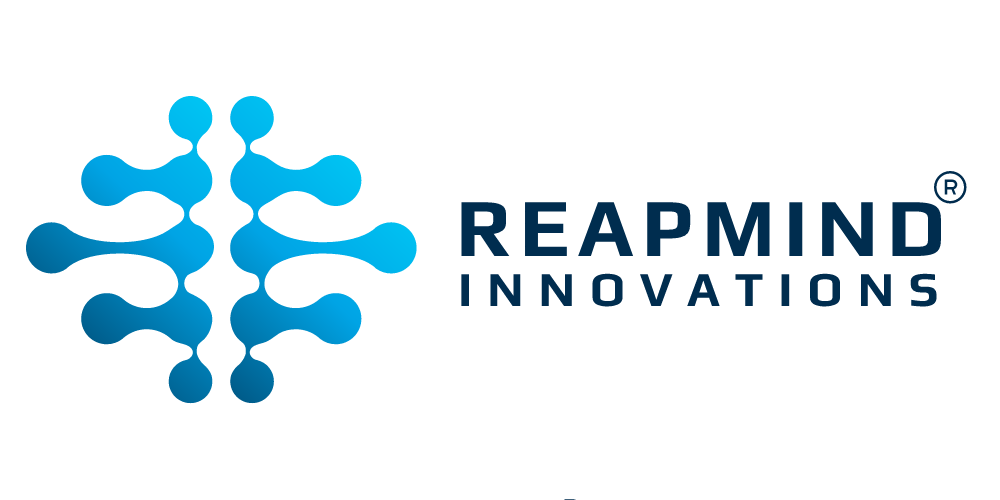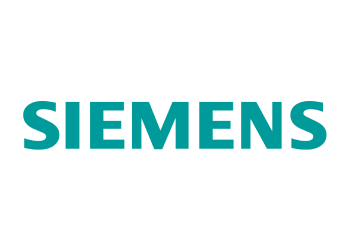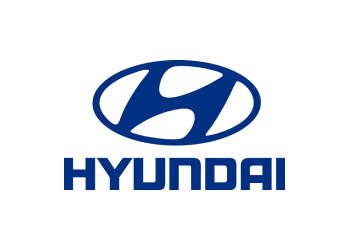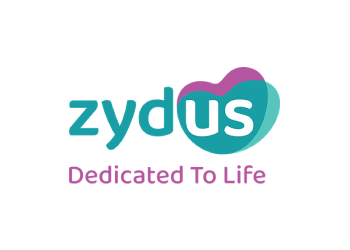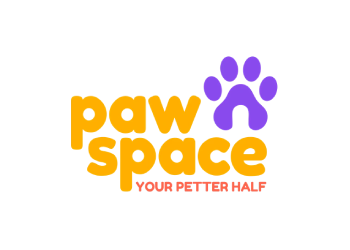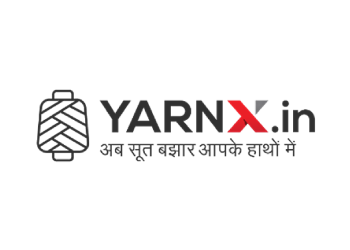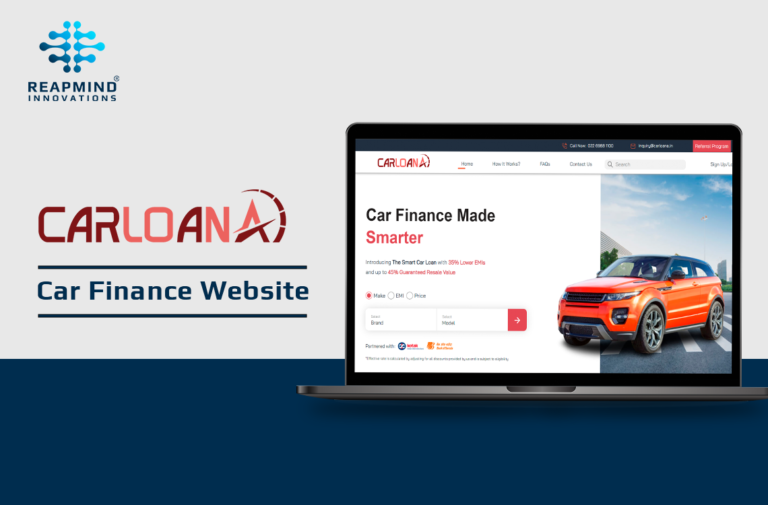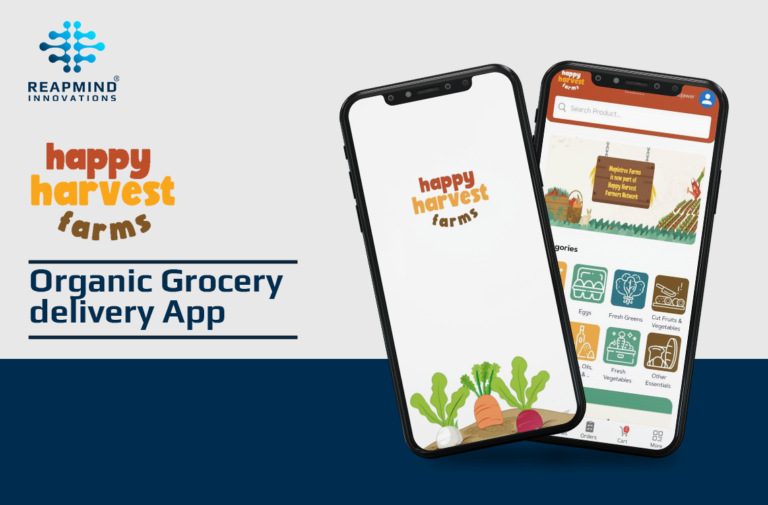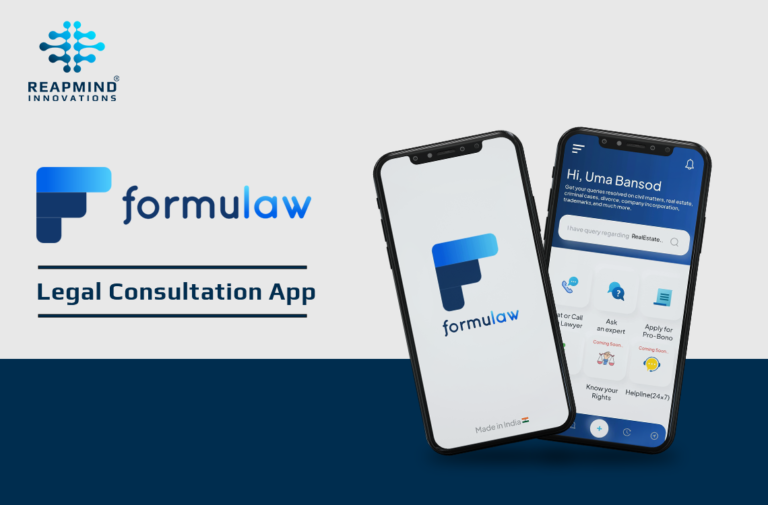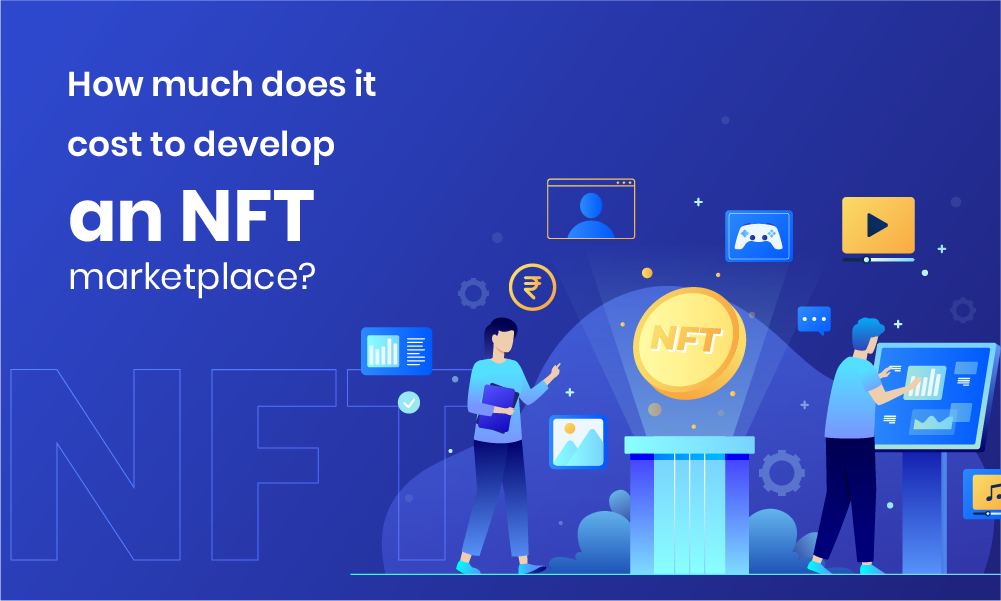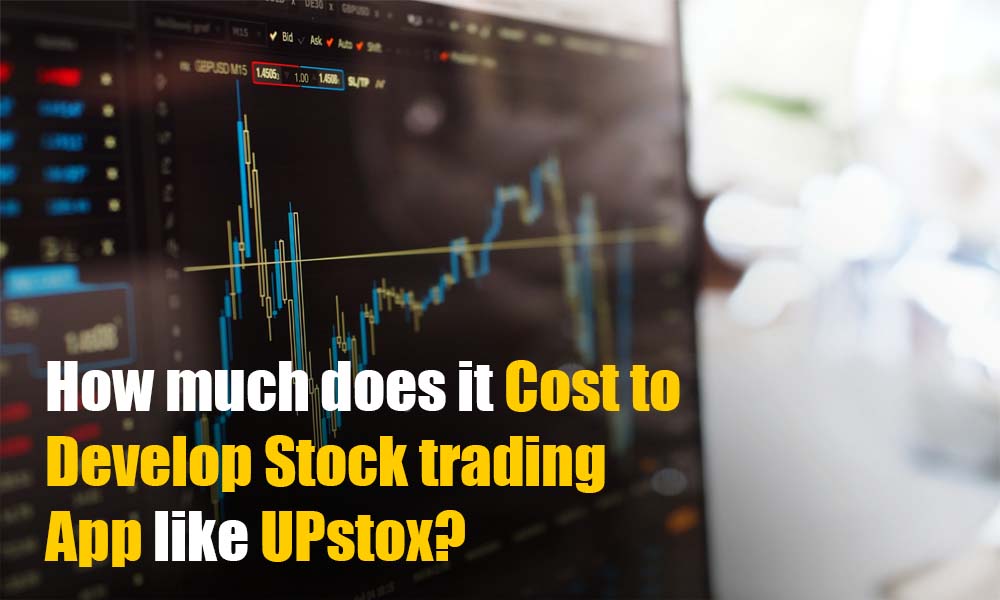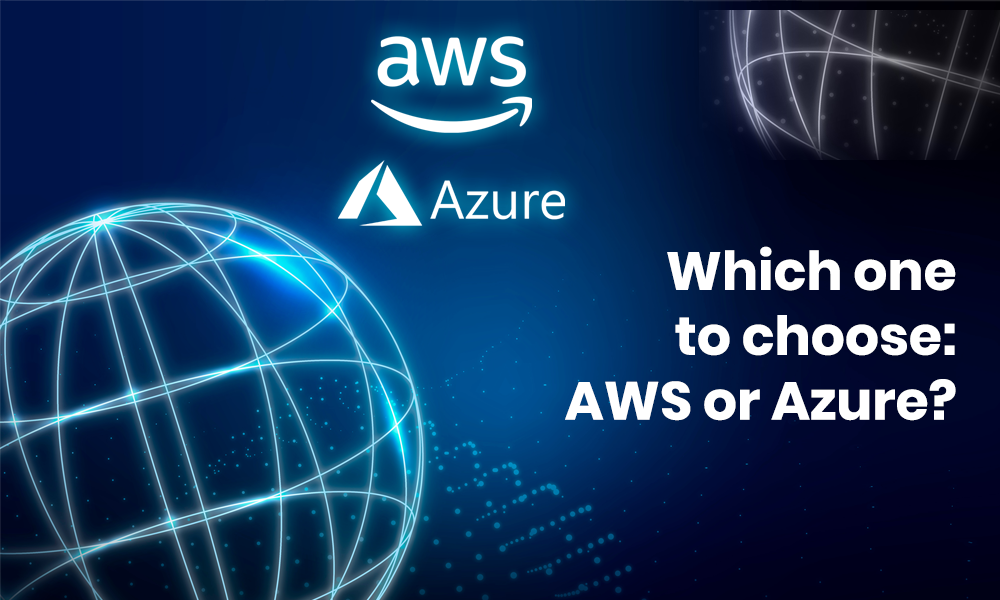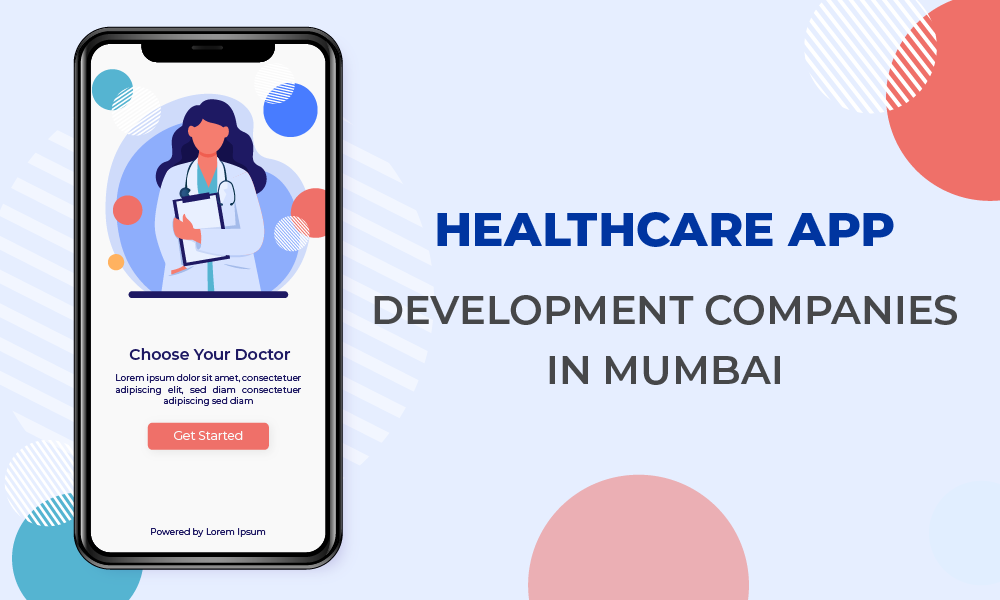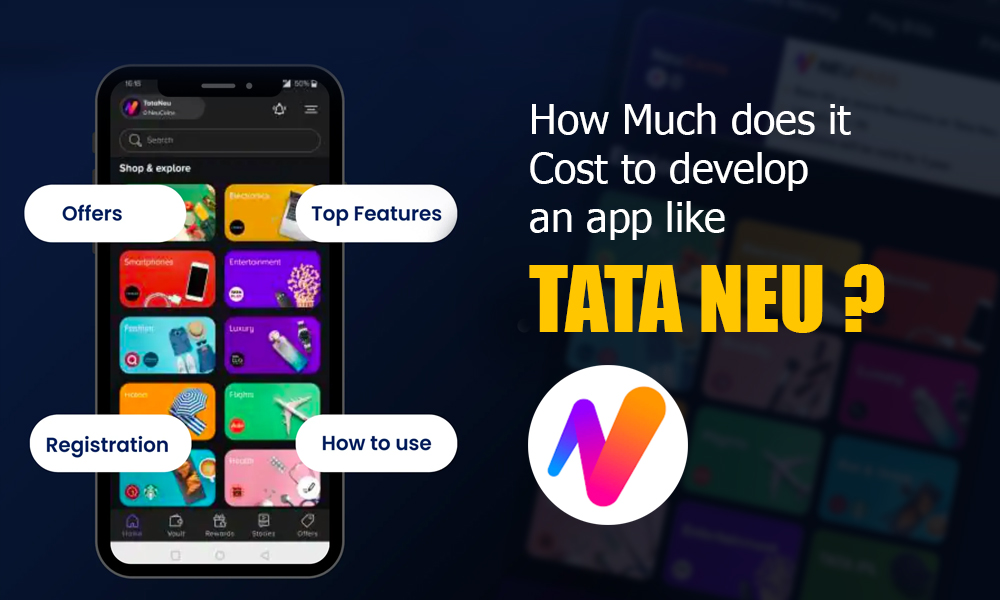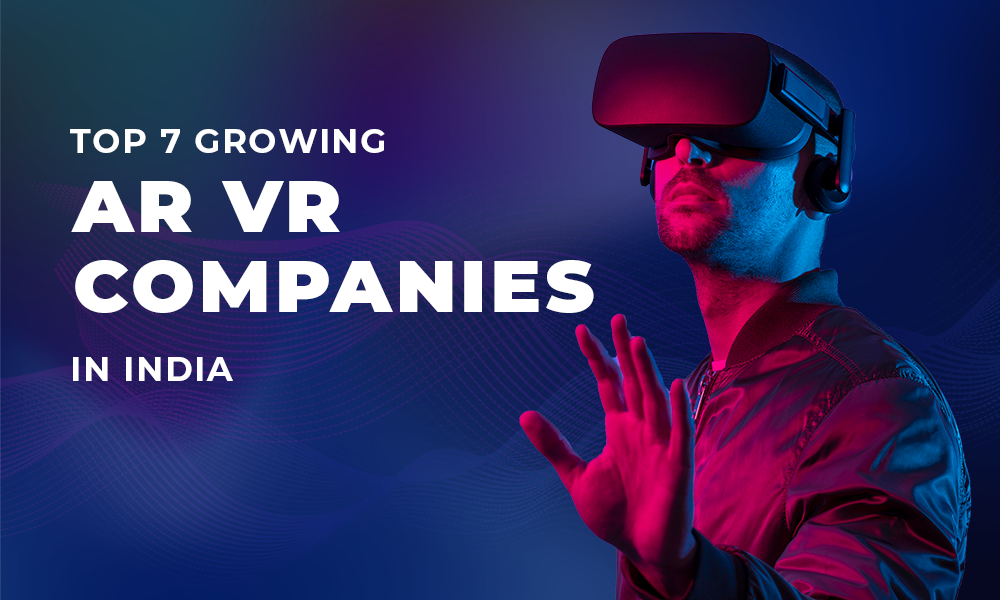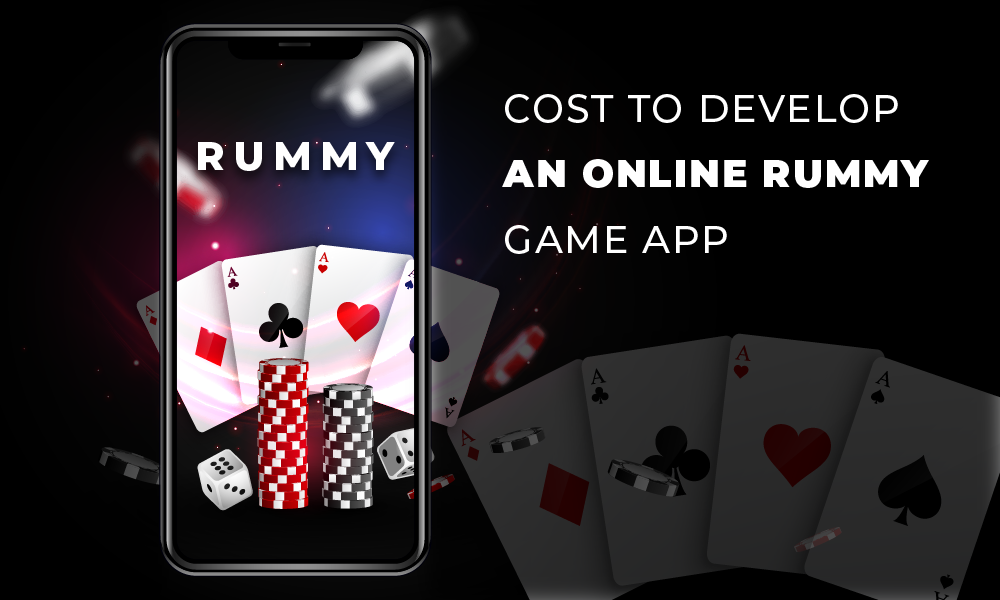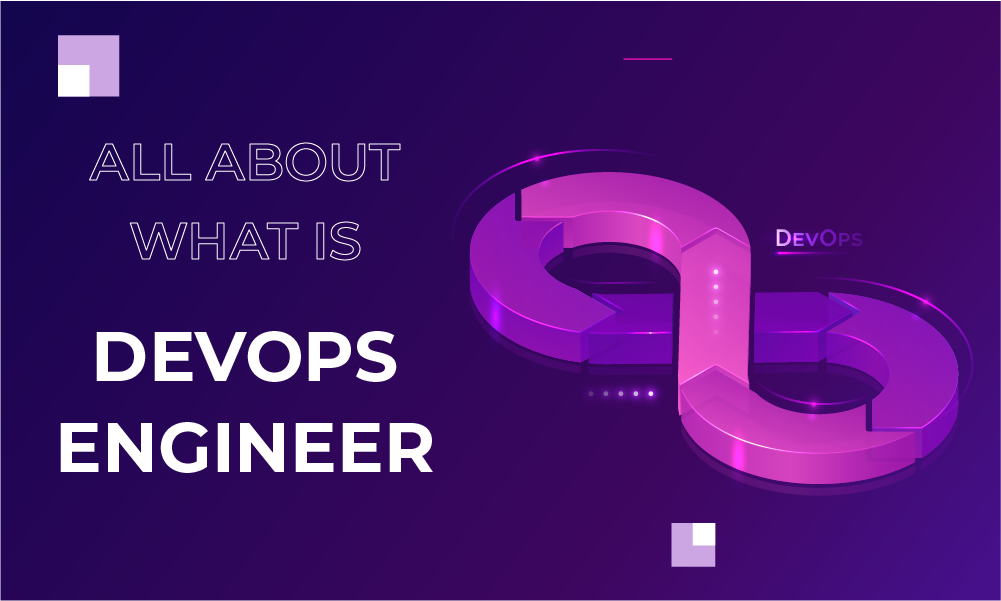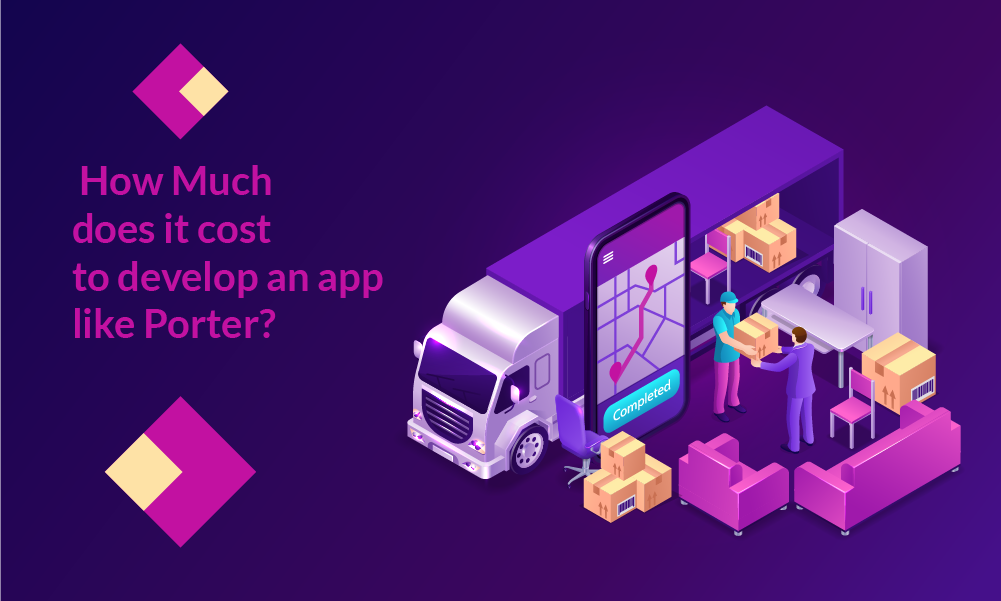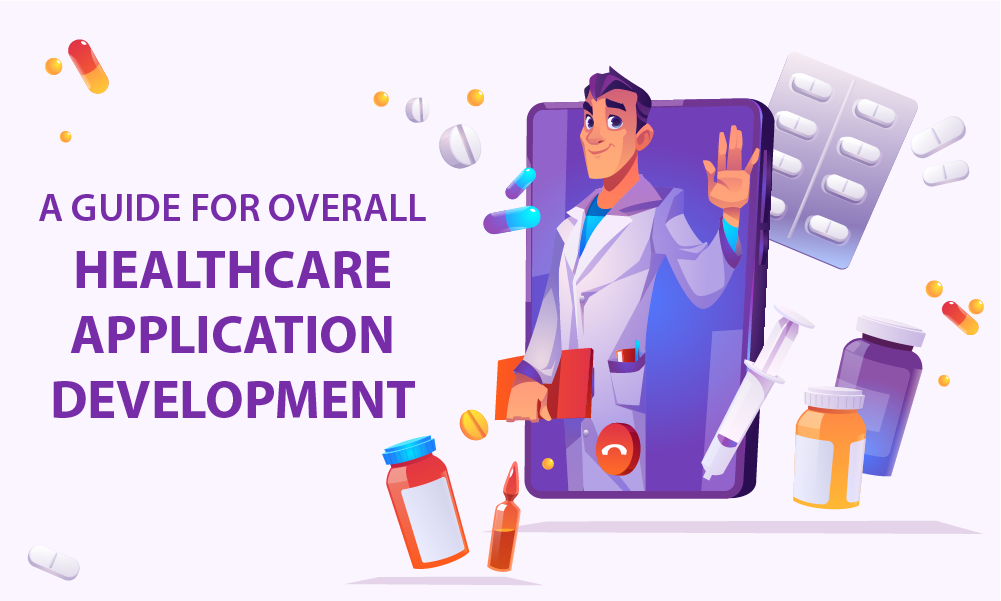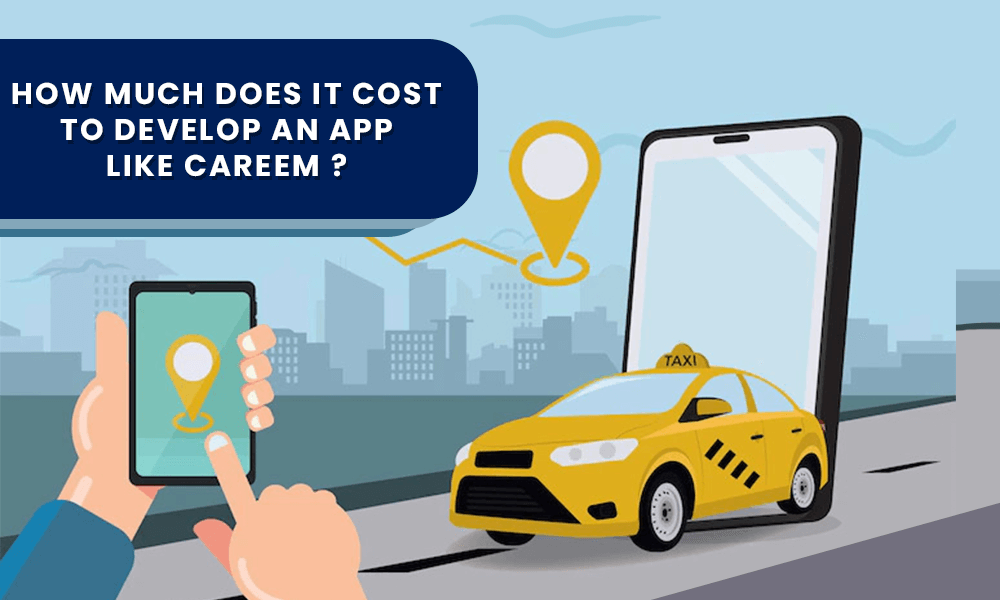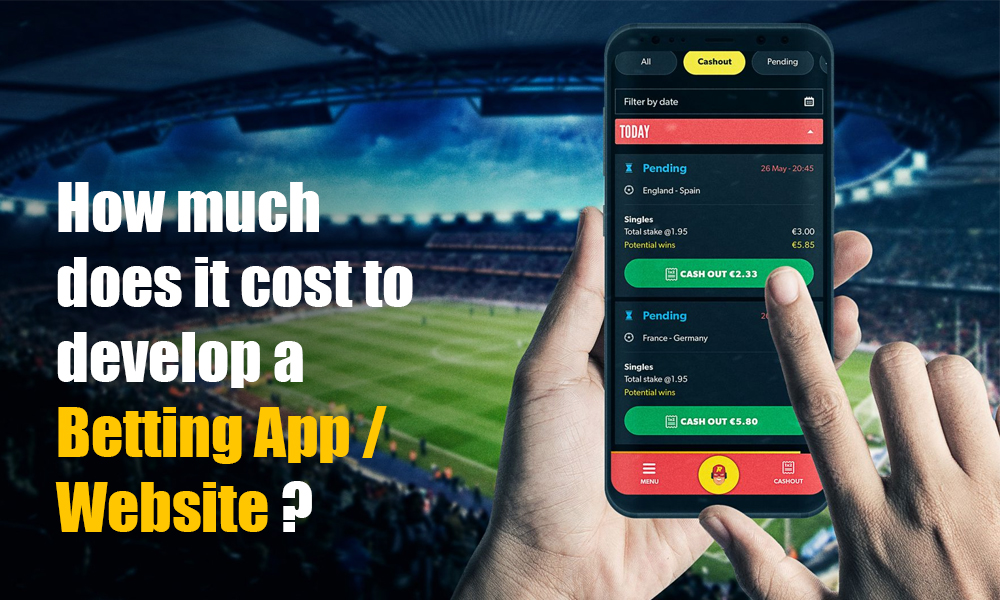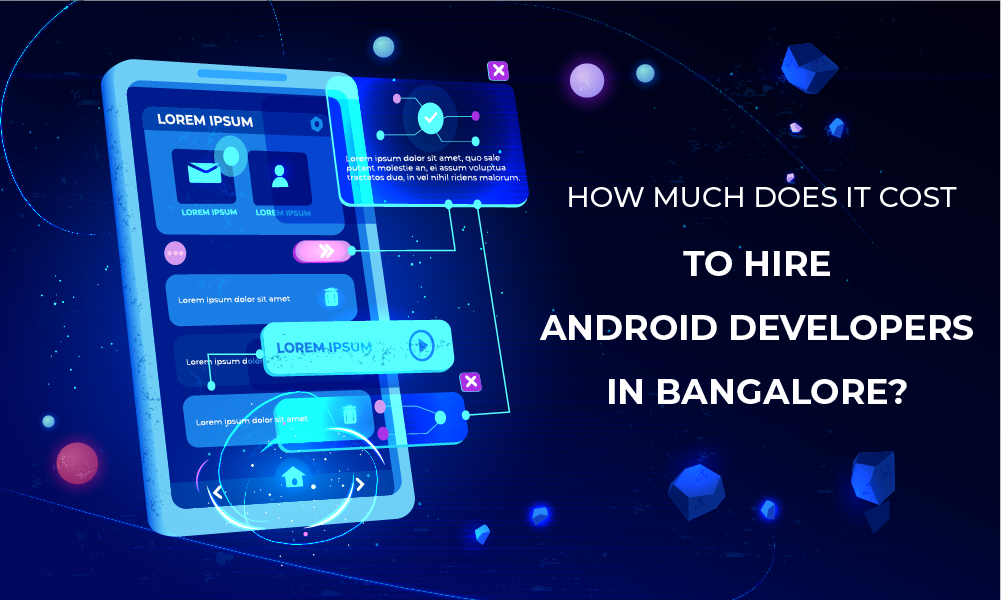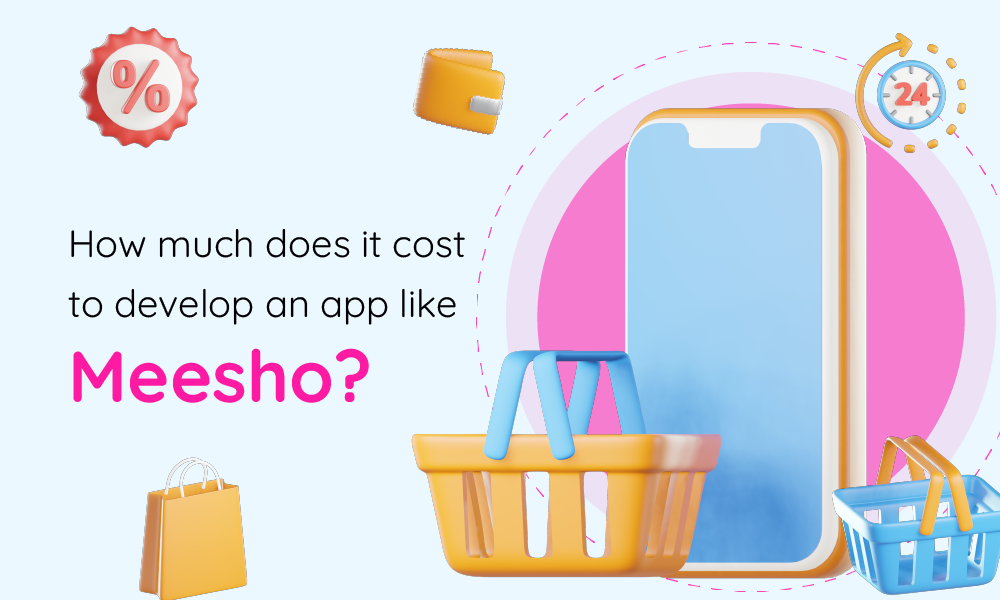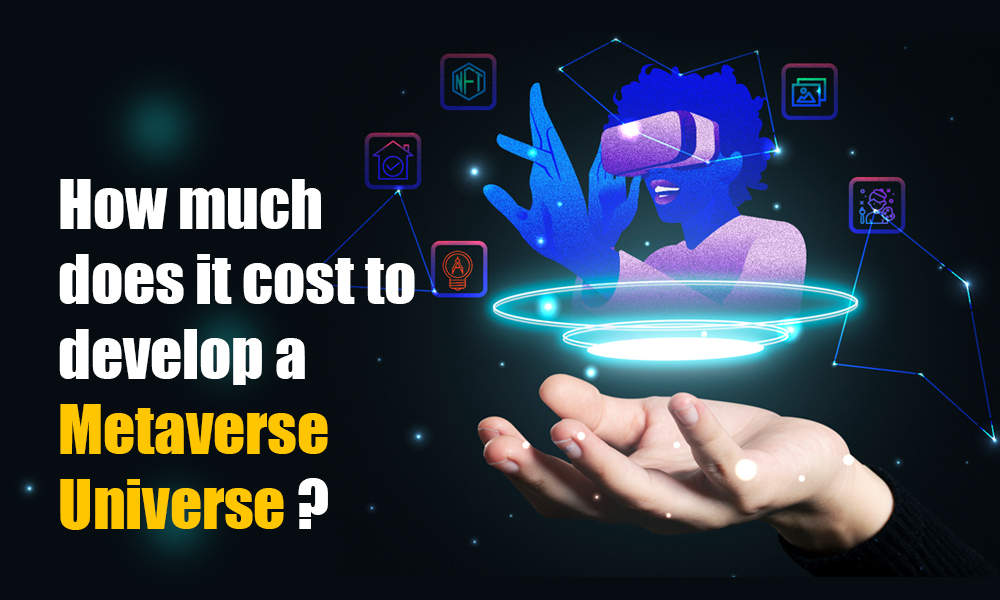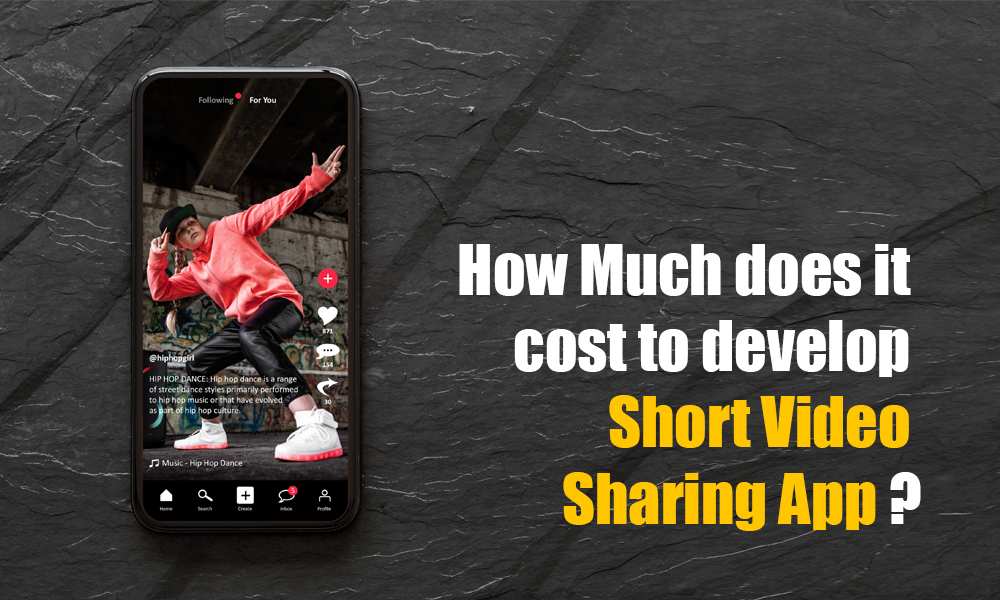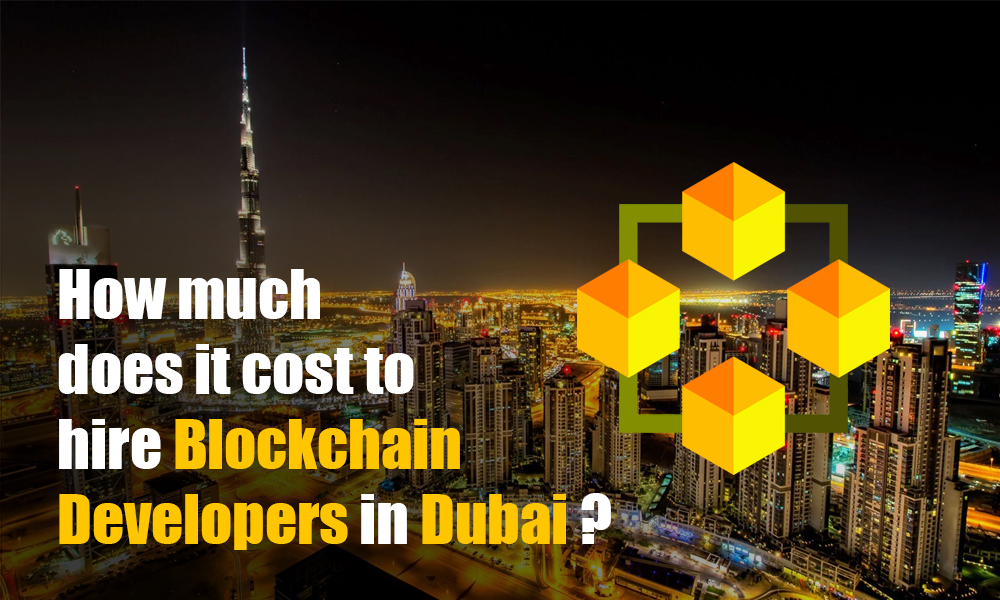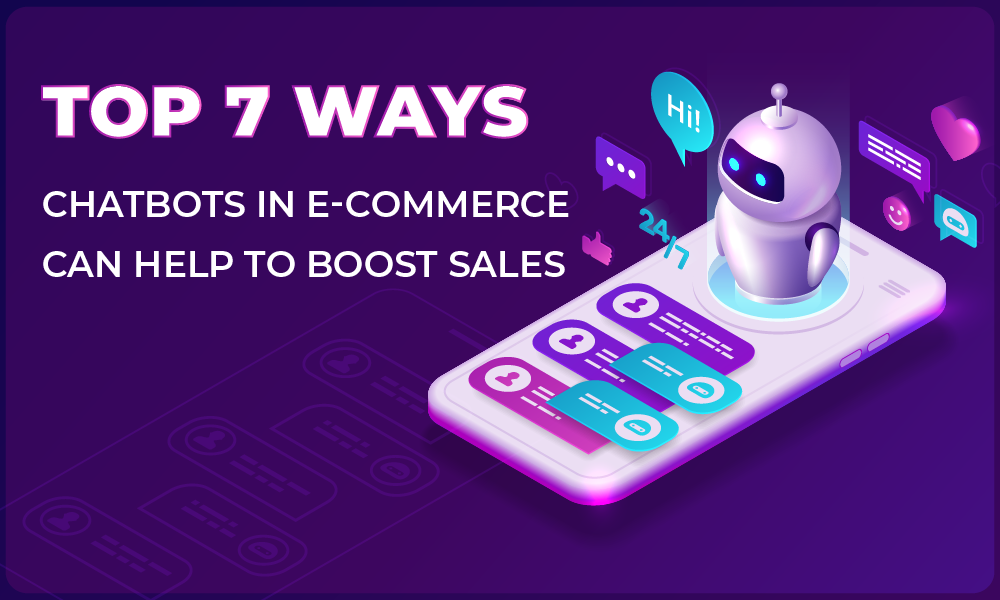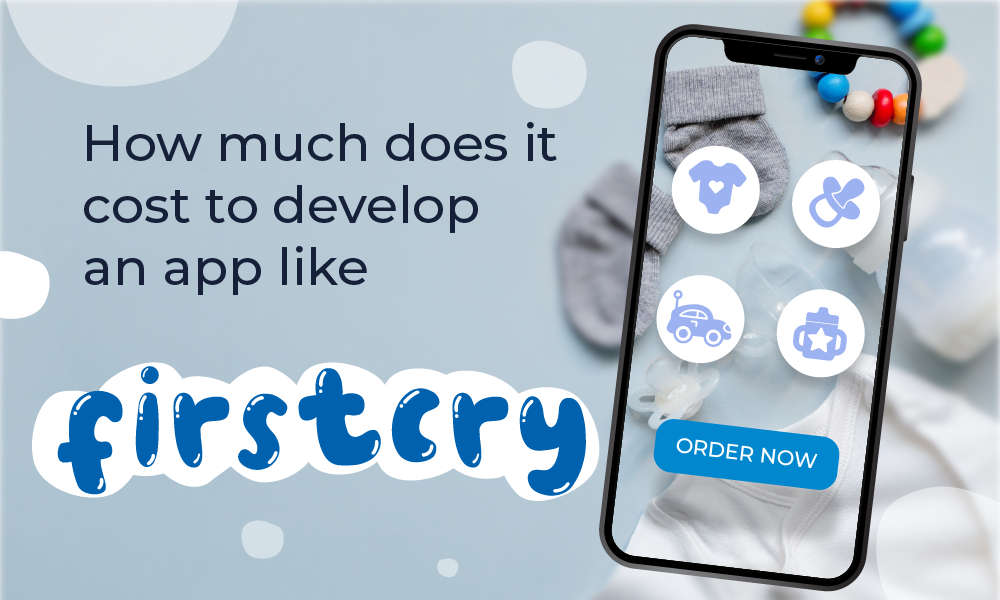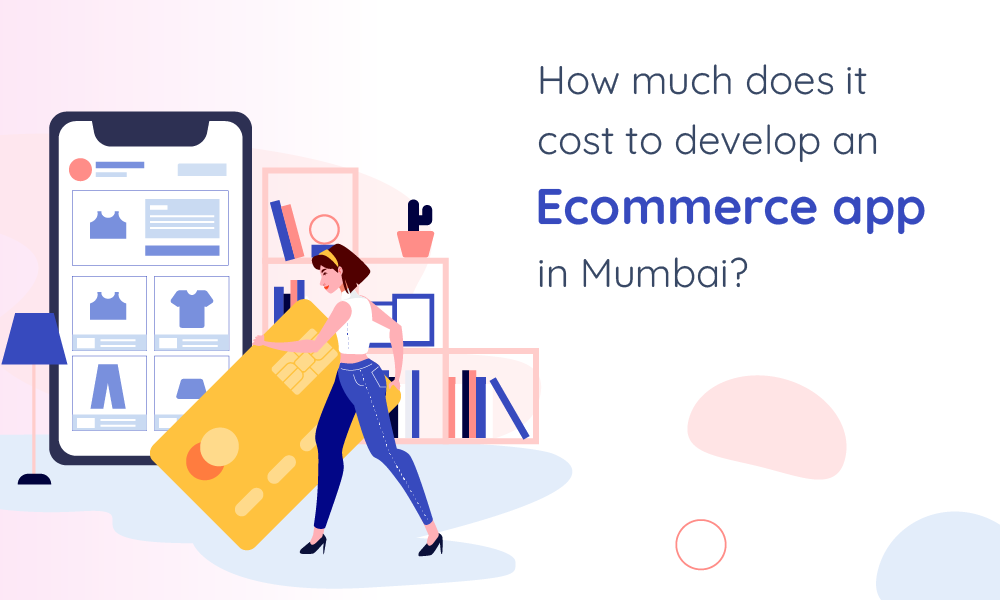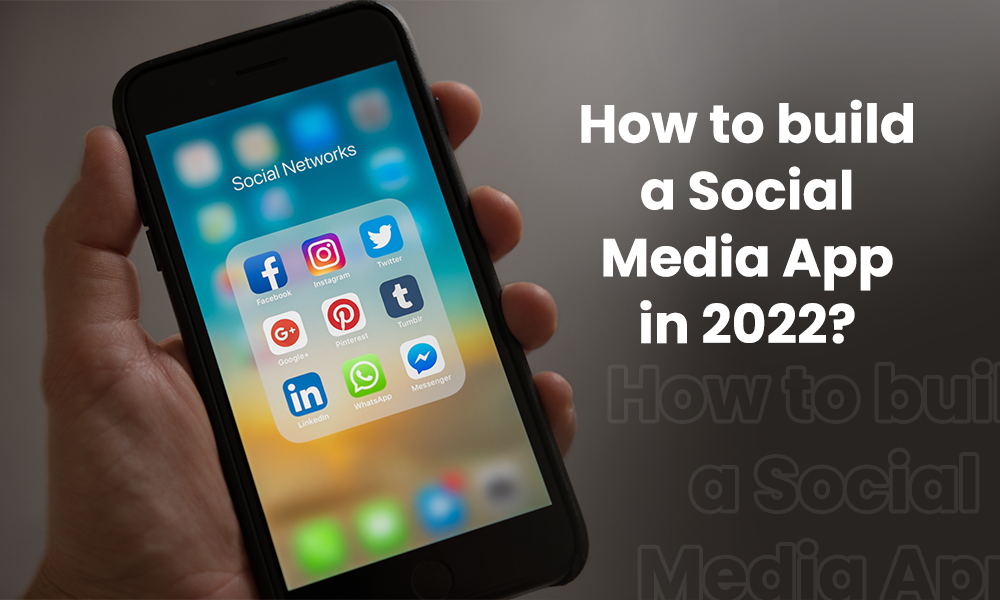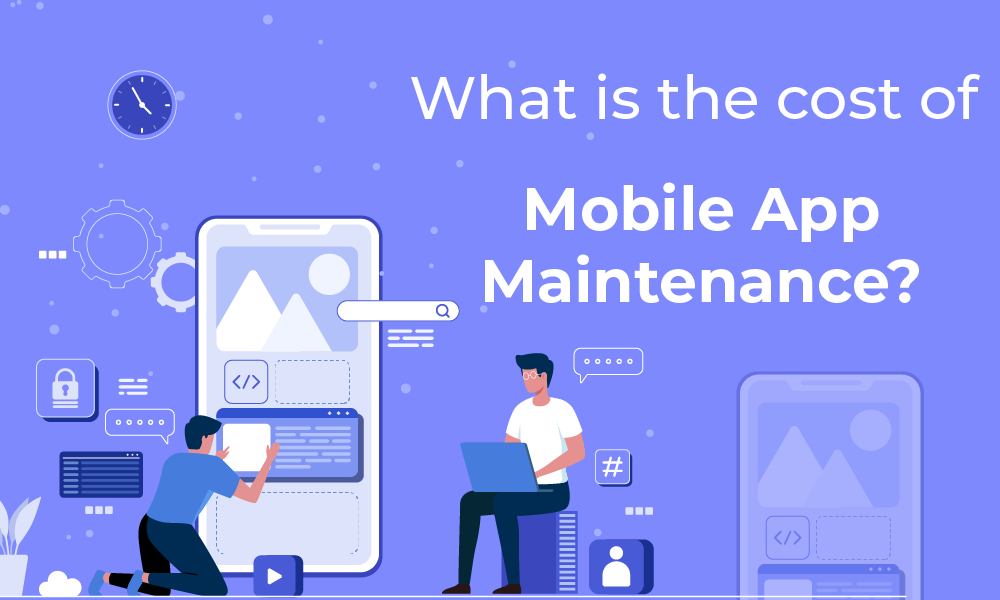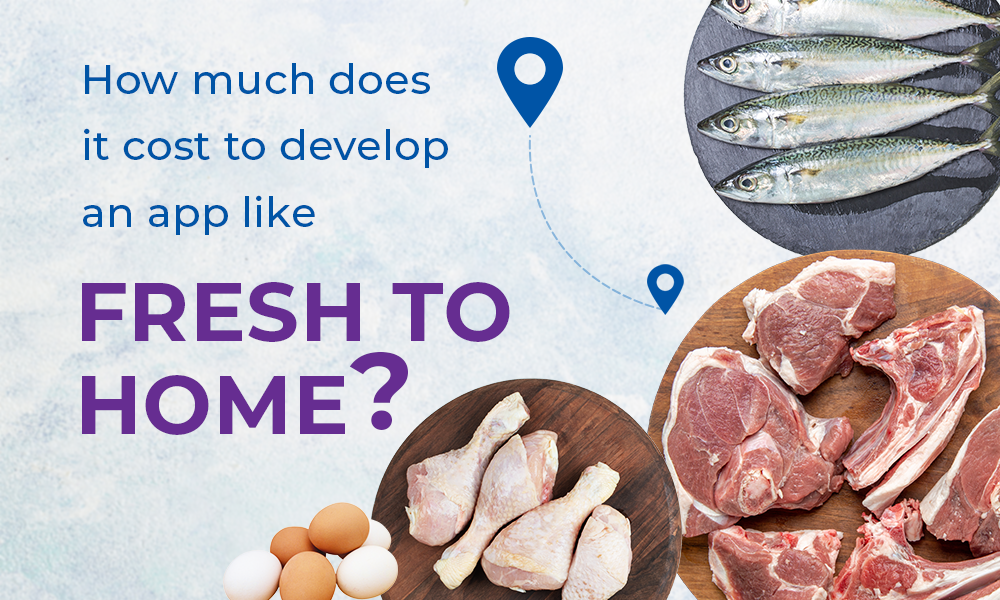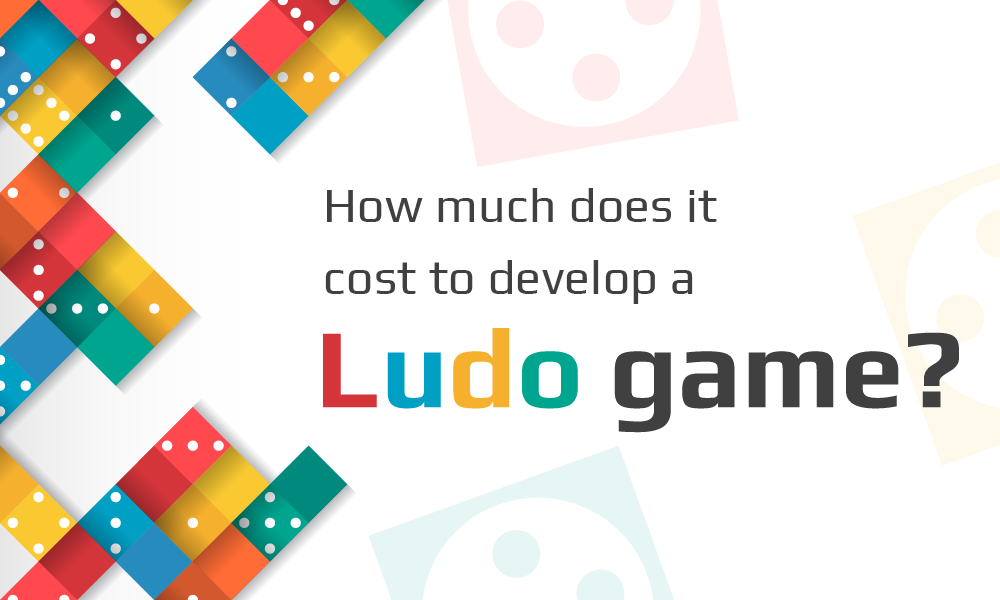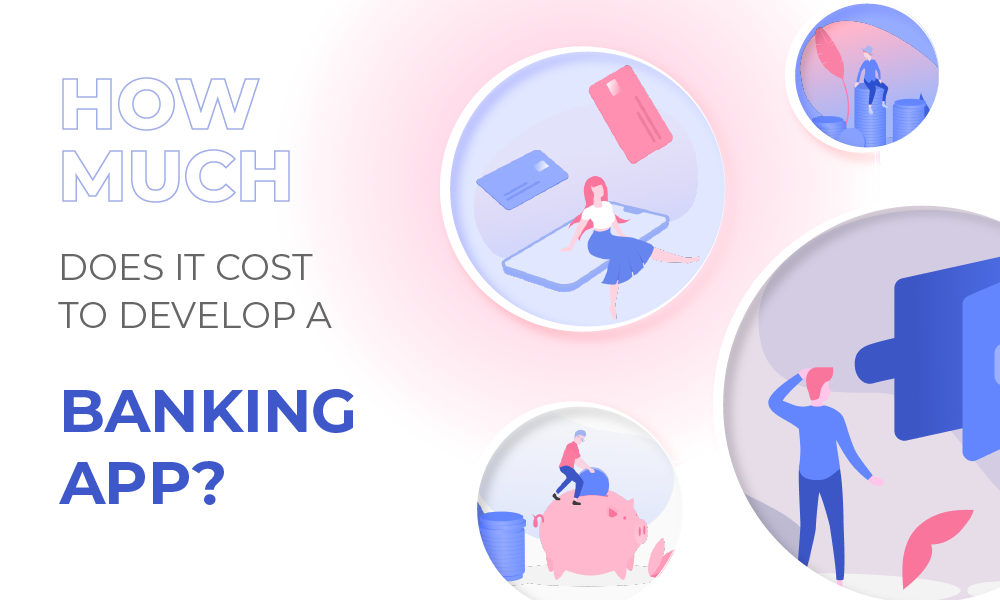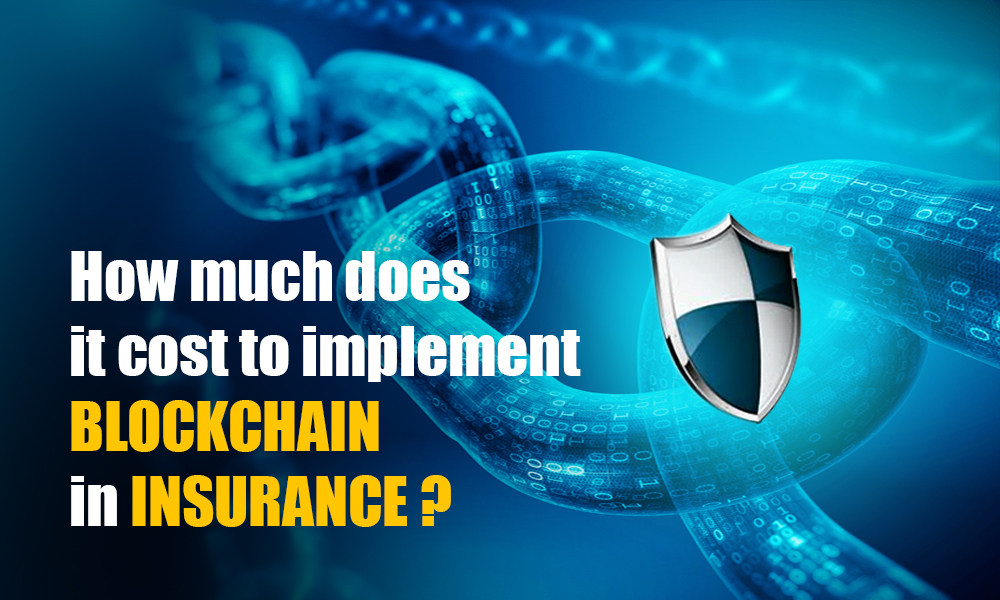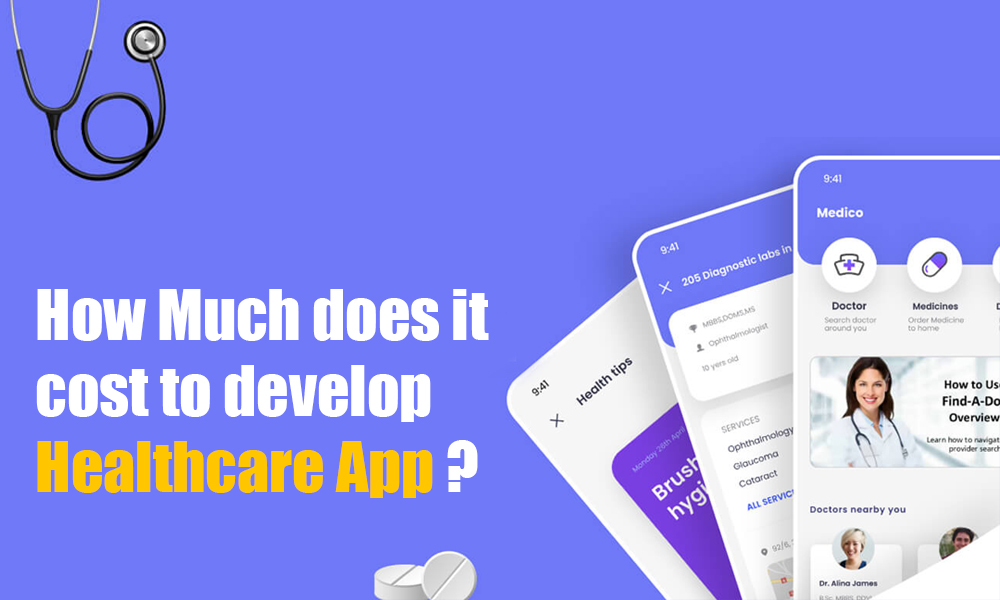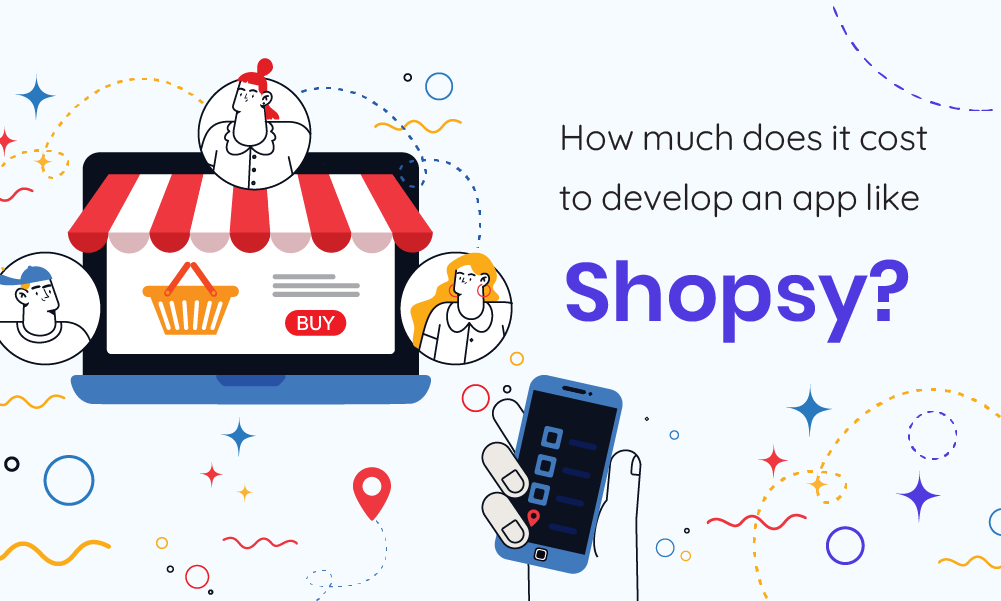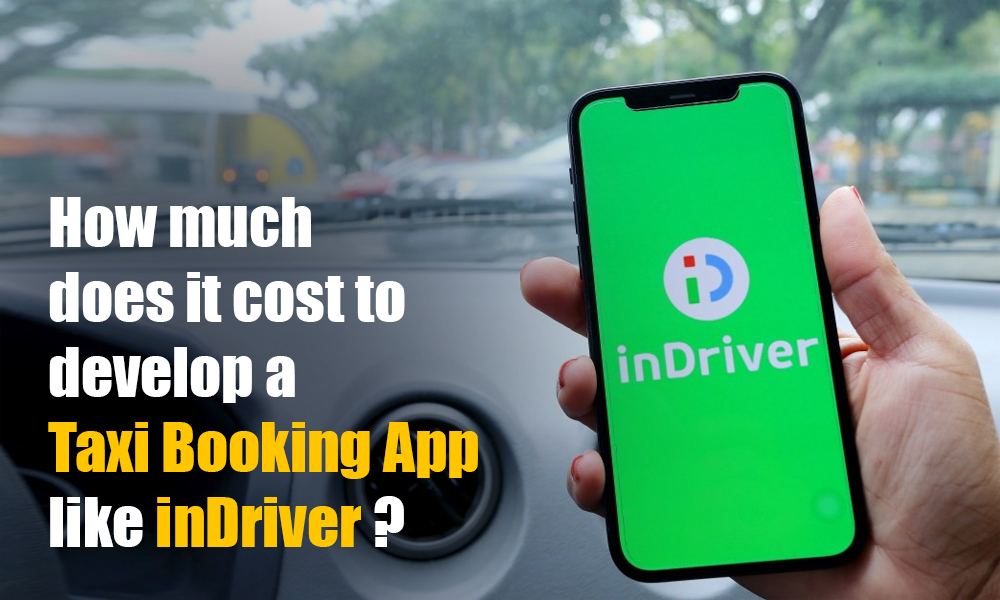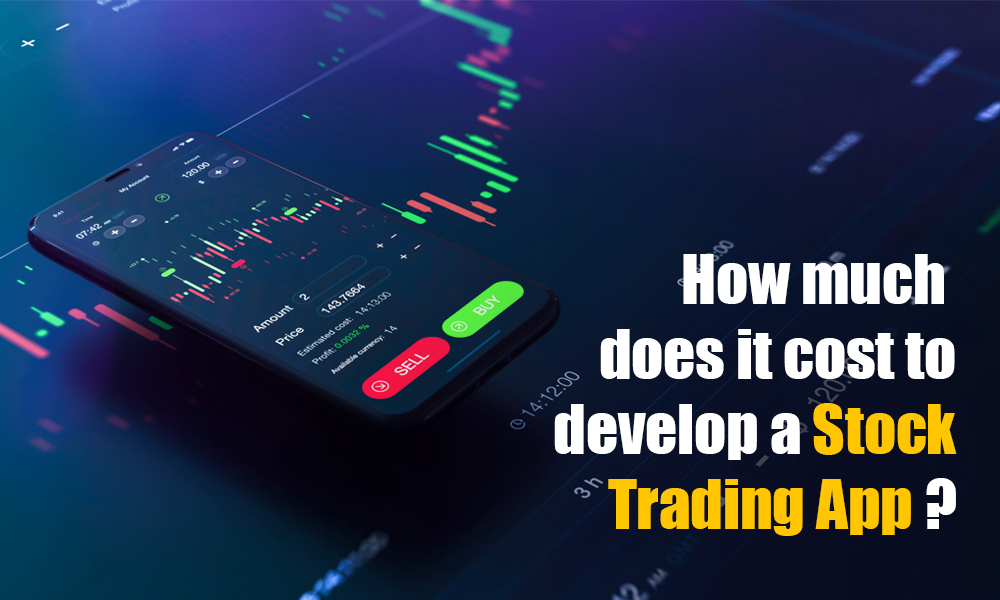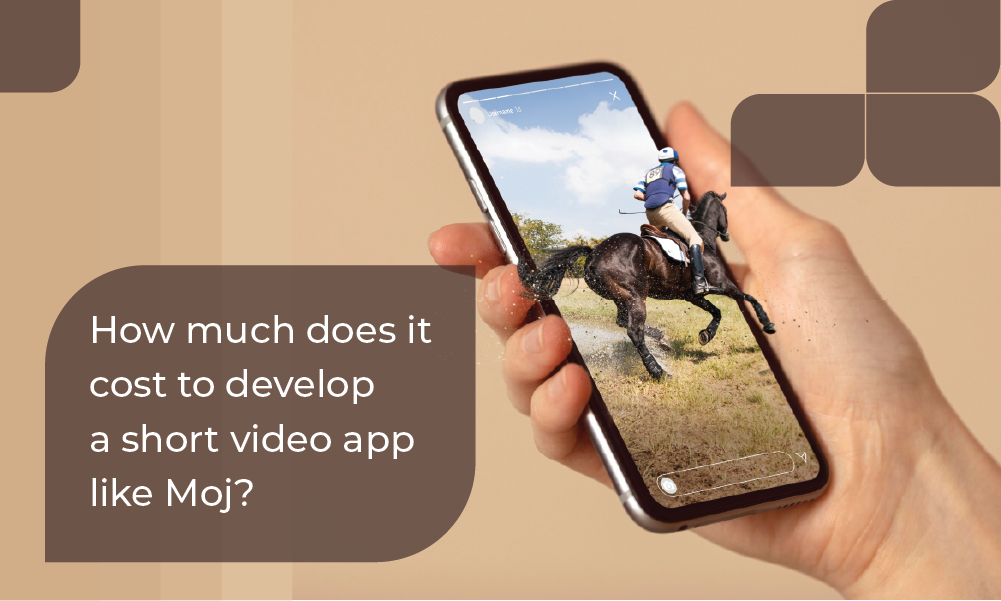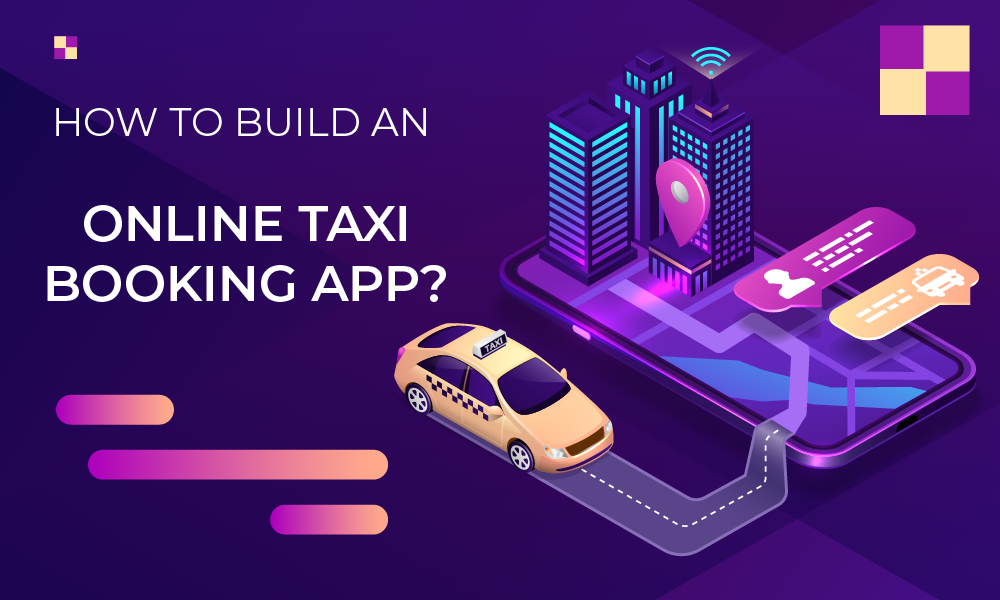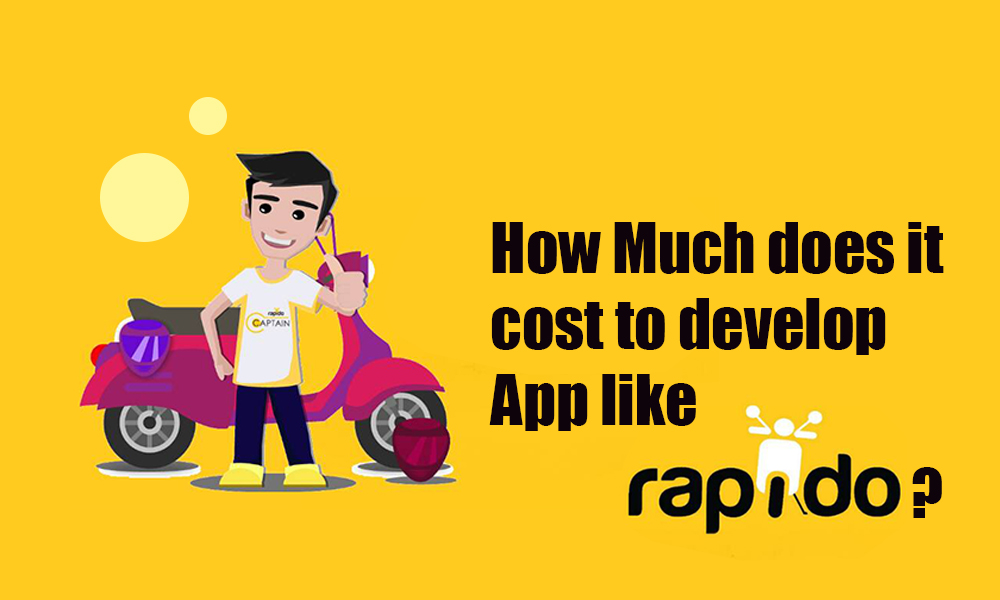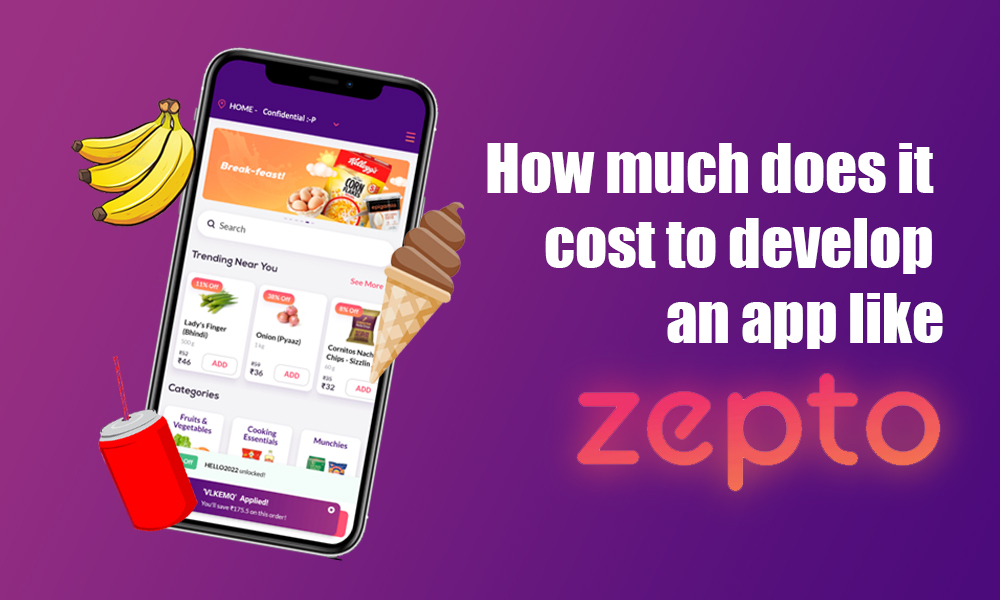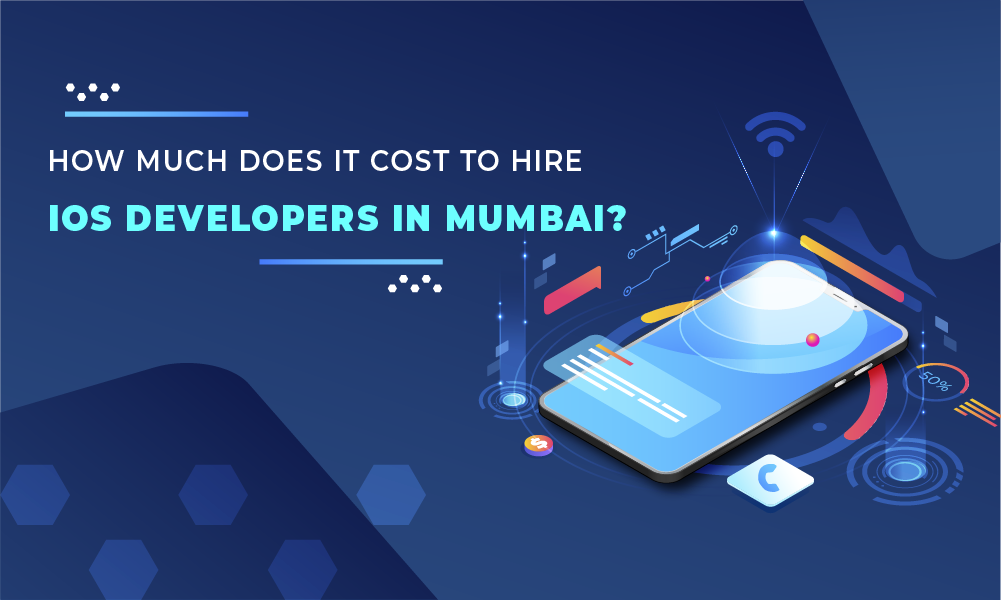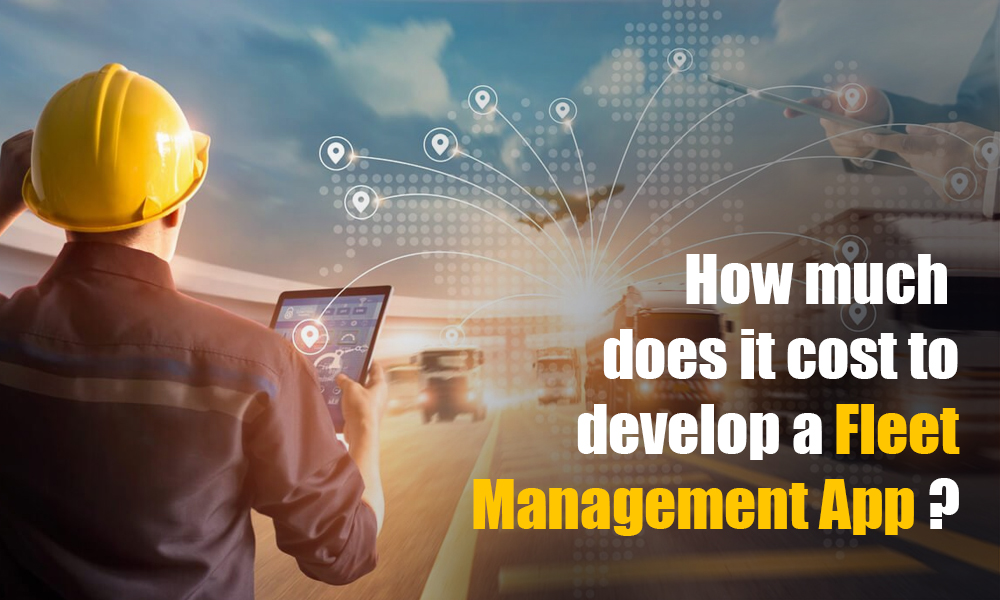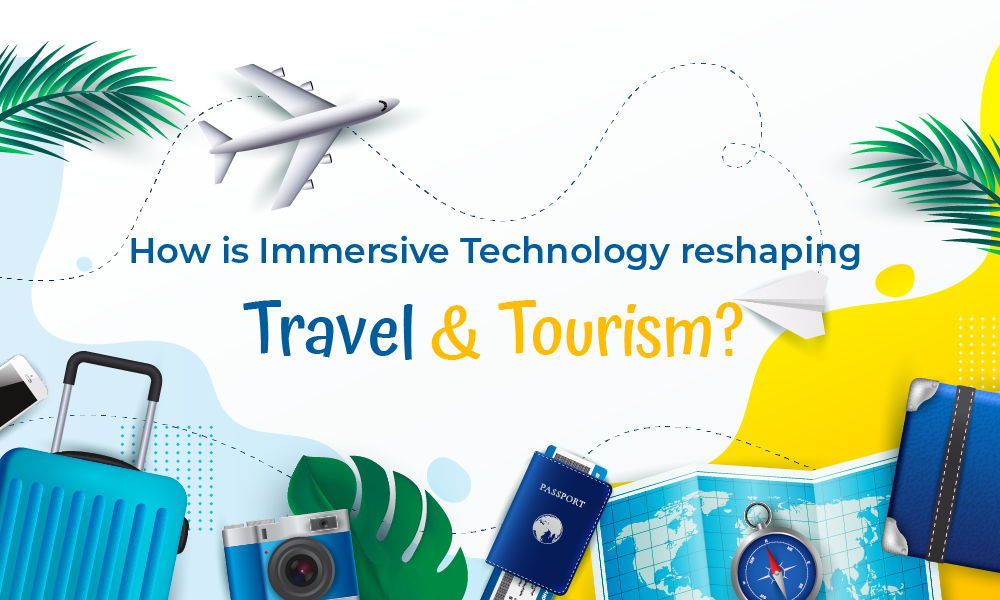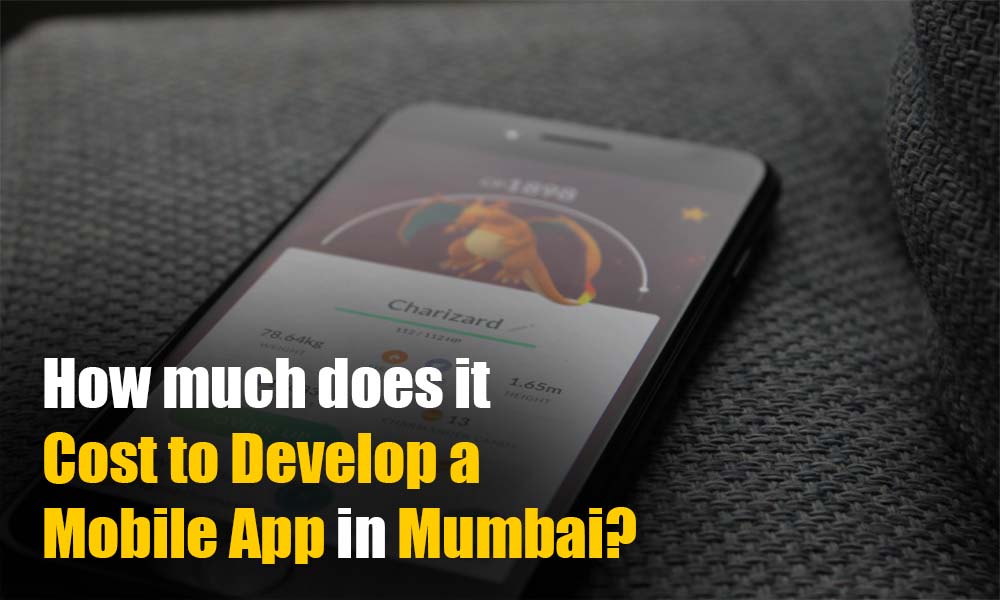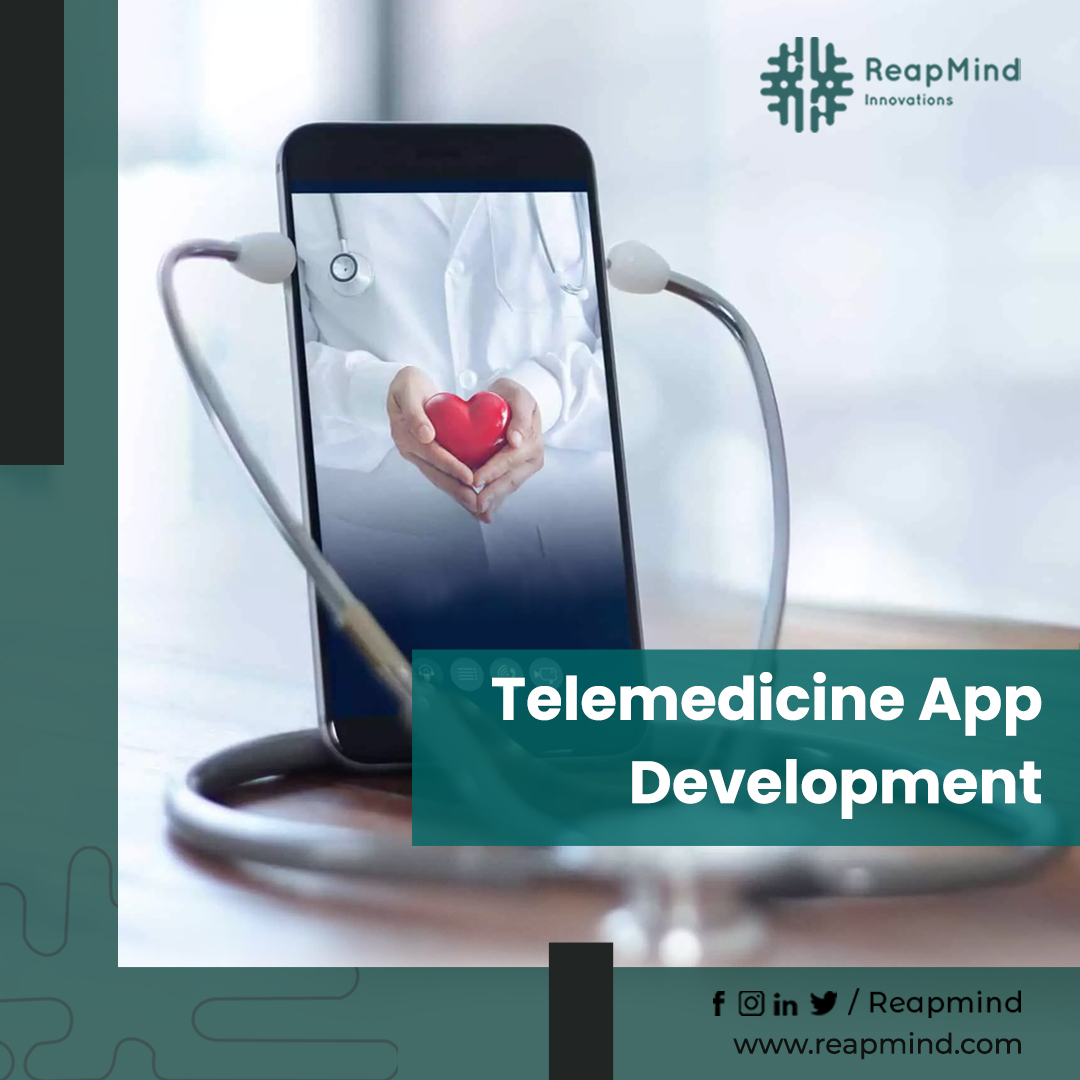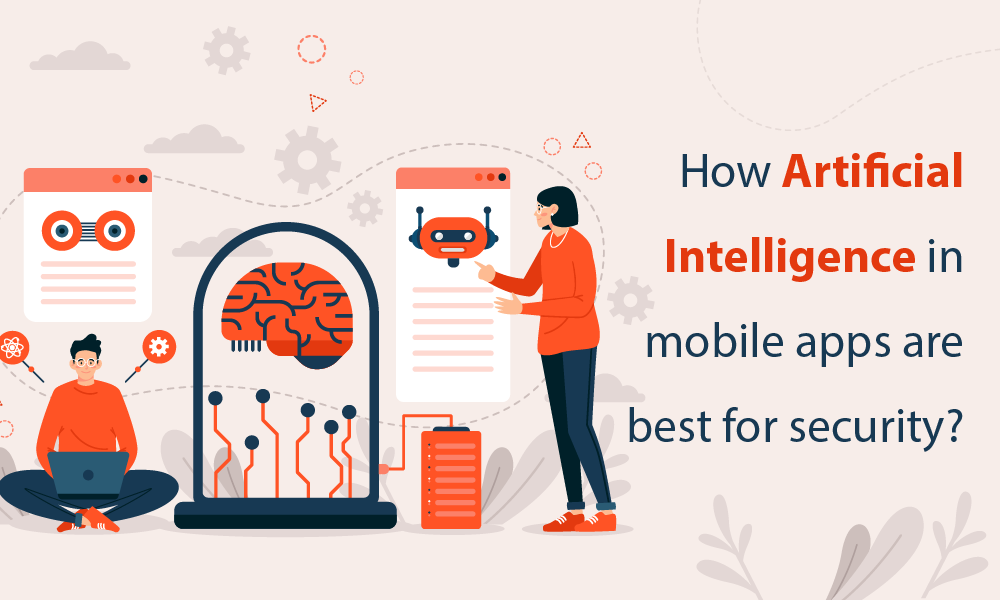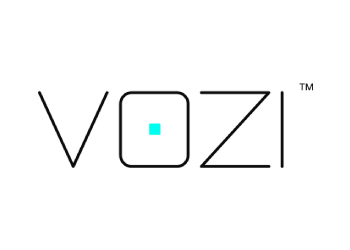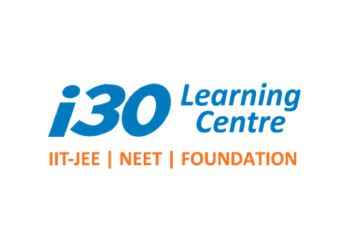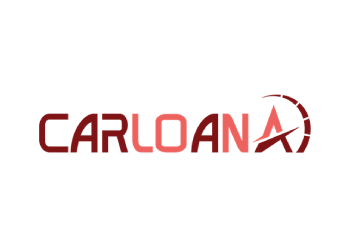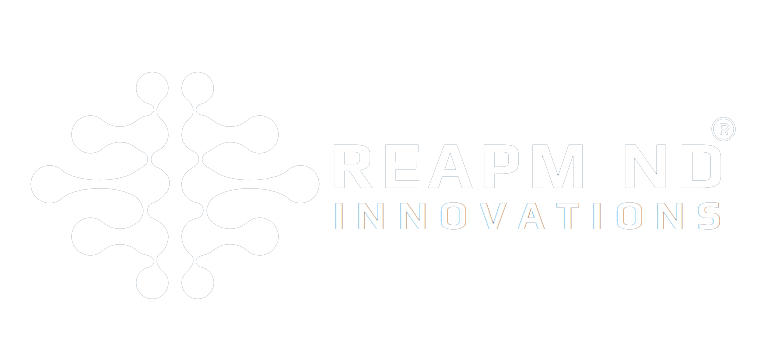Introduction:
Millions of people across Southeast Asia are pulling out their phones, browsing through a vast selection of products, and hitting “buy” with a single tap. That’s the power of Lazada, a dominant e-commerce platform with over 130 million users.
The e-commerce industry is booming, with global sales projected to reach a staggering $8.1 trillion by 2026, and mobile apps are at the forefront, accounting for over 70% of all online shopping activity.
Lazada, with over 130 million users, is a shining example of how mobile apps can revolutionize e-commerce. This user-friendly app, packed with features like secure payments and efficient delivery, has become a household name.
But how much does it cost to build your own Lazada-like dream app?
This blog is your one-stop destination for navigating the cost of building an e-commerce app like Lazada.
Understanding the Online Shopping Landscape :
Table of Contents
Toggle- How does an e-commerce app like Lazada work?
Lazada’s success hinges on a user-friendly experience that seamlessly guides customers through the shopping journey. Ever wonder what happens behind the scenes when you browse products and tap “buy”?
Here’s a glimpse into how it works:
Step 1: Browsing Products:
You dive into a virtual shopping haven, exploring various categories and using filters or search bars to find specific products. Detailed descriptions, images, and user reviews help you make informed decisions.
Step 2: Adding to Cart:
You find something you like? Simply tap “Add to Cart” to store it virtually, just like filling your shopping basket in a physical store. You can also adjust quantities or remove items before proceeding.
Step 3: Seamless Checkout:
Once you’ve selected your treasures, head to the checkout. Here, you’ll typically need to log in, choose a secure payment method (credit card, e-wallet, etc.), and select your preferred delivery option.
Step 4: Order Tracking and Updates:
After placing your order, you’ll receive a confirmation and be able to track its progress in real-time. You might also receive updates via email or app notifications, keeping you informed until your purchases arrive safely at your doorstep.
- Essential features of a Lazada-like app:
While the cost of building an e-commerce app like Lazada can vary, understanding the core features is crucial. Following are the features that form the foundation of a successful online shopping app.
- Product Browsing and Search:
This feature facilitates seamless exploration of product categories and efficient item discovery through filters and a search bar. Its ease of use enhances the user experience by simplifying the shopping process, ensuring customers quickly find what they’re looking for, and boosting satisfaction and engagement.
- Shopping Cart Management:
Users can easily add, adjust, or remove items in their virtual shopping cart, mirroring the experience of a physical store. This empowers customers to refine their selections before checkout, instilling confidence in their purchases and fostering a sense of control over their shopping journey, thus enhancing satisfaction.
- Secure Checkout:
The feature ensures a secure and seamless checkout process, allowing users to log in, select payment methods, and finalize purchases with ease. By integrating various secure payment options, it builds trust and caters to diverse user preferences, maximizing convenience and minimizing friction in the transaction process.
- Order Tracking and Updates:
Users benefit from real-time order tracking, monitoring their purchases’ progress from warehouse to doorstep. This transparency keeps customers informed and engaged throughout the delivery process, instilling trust and confidence in your brand, ultimately enhancing the overall shopping experience and fostering loyalty.
- User Accounts and Wishlists:
Personalized user accounts enable customers to store information and past purchases, streamlining future transactions. Wishlists allow users to save desired items for future consideration, promoting engagement and facilitating targeted marketing efforts. Together, these features enhance customer satisfaction, loyalty, and the likelihood of repeat business.
- Understanding Lazada’s Business Model:
At its core, Lazada functions as a marketplace platform, connecting millions of buyers with a diverse range of sellers. This business model allows them to offer a vast product selection while minimizing the need to manage inventory themselves.
Here’s a simplified breakdown:
- Sellers List Products:
Businesses of all sizes can list their products on the Lazada platform, making their offerings accessible to a large customer base.
- Buyers Discover & Purchase:
Users browse through the extensive product catalog, search for specific items, and make purchases directly from sellers.
- Fulfillment Options:
Lazada offers two main fulfillment options:
- Seller-Fulfilled: Sellers manage the storage, packaging, and shipping of their products.
- Lazada-Fulfilled: Sellers ship their items to Lazada’s warehouses, and Lazada takes care of the entire fulfillment process, including storage, packaging, and delivery.
This marketplace business model provides significant advantages for both buyers and sellers. Buyers gain access to a wider selection of products at competitive prices, while sellers benefit from increased exposure and sales opportunities.
- Understanding Lazada’s Revenue Model:
While the “how much” of building a Lazada-like app remains, understanding its revenue model is crucial.
Lazada primarily earns through commissions on sales made on its platform. They also generate additional revenue through premium services like advertising options for sellers and fulfillment fees for handling the storage and delivery of products for sellers opting for the Lazada-fulfilled model.
This diversified income stream fuels their growth and empowers them to offer a rich user experience.
Benefits of Building an E-commerce App Like Lazada:
In today’s digitally driven world, building a mobile app like Lazada offers a multitude of benefits for your business, Here’s how:
- With an e-commerce app, customers can easily shop on-the-go using their mobile devices, enhancing their shopping experience with 24/7 accessibility.
- Building an e-commerce app enables businesses to reach a broader audience beyond physical store locations, attracting customers from different regions with features like international shipping and multi-language support.
- By gathering data on customer preferences and behavior, businesses can offer personalized product suggestions and promotions through the app, leading to higher conversion rates and customer satisfaction.
- An e-commerce app facilitates seamless checkout processes with built-in payment gateways and secure transactions, providing multiple payment options and data encryption for user trust and confidence.
Factors Affecting Development Cost:
- App complexity and features:
The complexity of your app directly impacts both the time required for development and the associated costs. A basic app focused on product browsing and cart functionality differs significantly from a more advanced version incorporating chatbots, AI recommendations, and social media integration. As complexity increases, so does the investment of time and resources. Below is a simplified breakdown of app complexity tiers:
| Complexity Level | Example Features | Example |
| Basic | Product browsing, search, shopping cart, secure checkout (e.g., Lazada Lite) | Lazada Lite |
| Mid-range | User accounts, wishlists, order tracking, and basic promotions (e.g., Zalora) | Zalora |
| Advanced | Social media integration, AI-powered recommendations, chatbots, and loyalty programs (e.g., Shopee) | Shopee |
- Platform choice:
The best platform choice depends on your specific needs, budget, and desired features. Your platform choice significantly influences development costs and processes. Below is an overview of common options:
| Platform | Benefits | Drawbacks |
| Native Apps | Optimal performance, user experience, and device-specific features | Higher cost due to separate iOS and Android development |
| Hybrid Apps | Cost-effective with a single codebase for Android and iOS | Slightly less design and functionality flexibility |
| Web Apps | Lower development cost, accessible from any device with a web browser | May lack offline functionality, less intuitive UX |
- Technology Stack:
The technology stack you choose, including programming languages, frameworks, and databases, significantly impacts development time and costs. Popular options for e-commerce apps include Swift (iOS), Kotlin (Android), React Native (hybrid), Flutter (hybrid), and MySQL. Leveraging well-established frameworks and technologies can streamline development and potentially reduce costs.
- Development Team:
The experience and location of your development team (in-house, freelancer, agency) play a crucial role in cost determination. Key factors to consider include their expertise in e-commerce development, communication skills, and portfolio showcasing past work and capabilities. Ensuring alignment with your project’s needs and expectations is essential for a successful partnership.
Development Costs Breakdown and Optimization Strategies:
- Estimated cost ranges:
The exact cost of building an e-commerce app like Lazada is unique to each project; understanding estimated ranges can offer valuable guidance. Here’s a breakdown based on recent industry data and different app complexity levels:
- Basic: For a fundamental app with features like product browsing, a shopping cart, and a secure checkout, expect a development time of 3-6 months with an estimated cost ranging from $30,000 to $80,000.
- Mid-range: An app with additional features such as user accounts, wishlists, order tracking, and basic promotions will take 6–12 months to develop, costing between $80,000 and $150,000.
- Advanced: For a top-tier app with advanced functionalities such as social media integration, AI recommendations, chatbots, and loyalty programs, the development time extends beyond 12 months, requiring an investment starting at $150,000. This category promises a feature-rich, cutting-edge e-commerce platform.
- Tips to keep costs in check:
The online shopping app development cost is a critical factor to consider in today’s booming e-commerce landscape. According to a 2023 iPrice Group survey, 95% of Southeast Asian consumers now make online purchases, indicating the immense potential in this market. If you’re inspired by giants like Lazada and aspire to create your own e-commerce app, understanding the development cost is crucial for planning and execution.
Here are our top tips to keep your online shopping app development cost-effective:
- Begin with the basics! Instead of trying to do it all at once, focus on what’s most important to your users. Launch your MVP, get feedback, and make improvements based on what they actually want. This way, you save money by not building unnecessary features right away.
- Don’t break the bank by building separate apps for Android and iOS. Hybrid apps work on both platforms with one codebase. While they might not be as flashy as native apps, they get the job done and save you money in the process.
- Find a team that really gets e-commerce app development. They’ll know how to build what you need without blowing your budget. Look for a team with a track record of making successful apps.
- Know what you want from the start! Clearly outlining your app’s features prevents costly surprises later on. Stick to what your users need and what your business goals are to stay on budget.
- There are plenty of free tools and services out there that can save you money. Look into open-source options for specific features, and consider using managed services for things like payments and security to keep costs down.
By following these tips and partnering with an experienced and transparent development team like ReapMind, you can build your dream online shopping app while staying within your budget.
Building Your Dream App with ReapMind:
Turning your vision for an online shopping app like Lazada into reality doesn’t have to break the bank. As the best e-commerce app development company, we understand the power of e-commerce and the importance of creating a seamless online shopping experience. As a leading e-commerce app development company, we’ve helped countless businesses like yours build and launch successful online shopping apps that engage users and drive sales.
Why choose ReapMind?
- Team ReapMind boasts extensive experience in building e-commerce apps, ensuring your project benefits from our expertise and understanding of the latest trends and technologies.
- We believe in clear communication and fair pricing. You’ll receive a detailed breakdown of costs upfront, allowing you to make informed decisions within your budget.
- ReapMind builds apps designed to grow alongside your business, accommodating future expansion and evolving needs.
- We use an agile approach, ensuring flexibility and constant feedback loops, allowing for adjustments based on your input and market demands.
- You’ll have a dedicated project manager as your single point of contact, streamlining communication and ensuring your project stays on track.
Are you ready to build your dream online shopping app? Contact ReapMind today for a free consultation!
Faqs:
1.What is the average cost of developing a Lazada-like app?
Ans: The average cost can range from $20,000 to $100,000 or more, depending on several factors.
2. Is it cheaper to build the app myself or hire someone to do it?
Ans: While building the app yourself might seem cost-effective initially, it requires significant technical expertise and time investment. Hiring experienced developers ensures efficient development, professional guidance, and avoids potential pitfalls you might encounter as a non-expert.
3. How long does it take to develop an e-commerce app?
Ans: The development timeline depends on the app’s complexity. A basic version can take 3-6 months, while complex apps with advanced features might require 6 months to a year or more.
4. Any tricks to keep the cost under control?
Ans: Start with a minimum viable product (MVP) with core features, prioritize functionalities, use pre-built components, and negotiate effectively with developers!
5. Are there any hidden costs?
Ans: Besides development, consider ongoing costs like server upkeep, payment gateway fees, and marketing to attract users.
